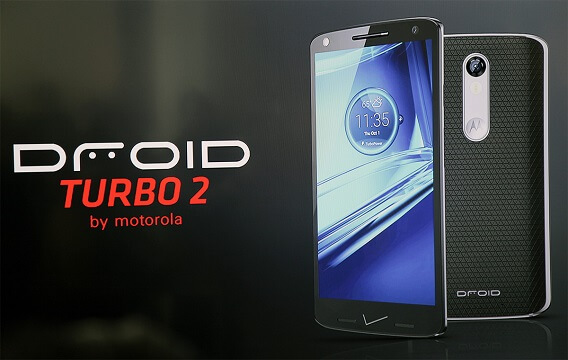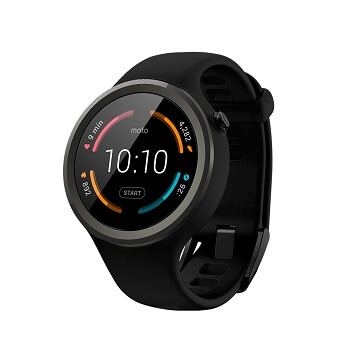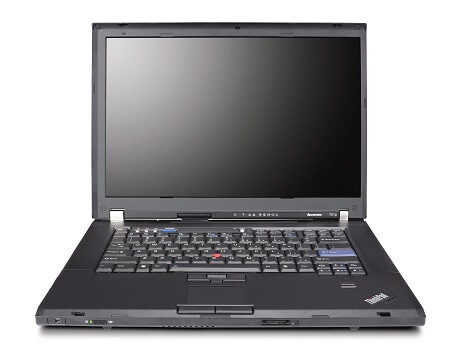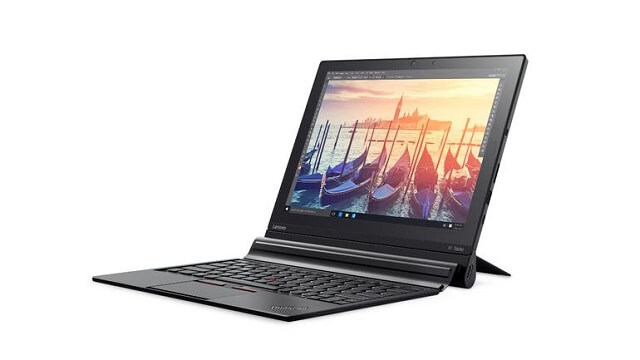Smartphones

Smartphones are not likely to change in the next decade as they are more or less already perfect for our current desires. When looking at the history of cellphones in the past decade or so, the reason for their existence is simple; it allows people to be connected at all times. In the beginning we only had low resolution black-and-white display, after that I remember seeing 16-bit displays powering the first so called smart phones, and gradually we got better displays that were capable of displaying more colors and a higher pixel density.
In 2000, the first phone was released in Japan that came with a camera built in, it took many years for the camera specifications to get better. In 2009, most smartphones still came with a 5-8 megapixel camera. People started taking more and more pictures with their phones, and then in 2013, the word ‘selfie’ became the word of the year and we started seeing phones that came with front camera’s with much higher megapixels. Nowadays it is almost unthinkable of buying a mobile phone without a built-in camera, let alone one that is of low quality.
What has changed in regards to our use of cell phones? In the beginning it was mostly for essential things like sending a text or calling a friend before meeting up. But later, unlimited texting and calling plans started showing up and that’s when the millennial generation started texting each other for small talk. In 2006, we started seeing 3G being implemented everywhere slowly. Then we also started using mobile devices more and more for social media. Nowadays every smartphone also comes with a built-in GPS and can be used for navigation or it has an app store that can be used to download any app you want. I mostly use my phone for mobile banking, financial management, navigation (walking and driving), looking up products in stores, paying bills or parking tickets, calling, texting, video calling and so on. It sometimes seems that the world is literally at our finger tips these days.

The devices we have today have a lot more capabilities and are being used more throughout the day then those of the last decades. The millennials, or the younger generation, use their phones for everything. On average, a person between the ages of 18-36 will check their phone 43 times in one day. Keeping this in mind, a phones battery must keep up with the demand of the user. Manufacturers try to make their smartphones last at least one or two days, where as the phones before (which did not have near the capabilities of our phones today) lasted much longer, because the demand put on the battery was far less. However, battery life has seemed to stay consistent since manufacturers try to make mobile phones as thin as possible, make smartphones faster (here we look at Android where we are seeing 8-12 cores in flagship devices at the moment) and lighter.
So what is the future of smartphones? I don’t think much will change in the next two decades besides the advancements that we have already seen. Smartphones have become powerful enough to replace computers for basic, everyday tasks. If you look at Microsoft’s Lumia 950 running a full version of Windows 10, you will see how impressive our phones are becoming. The whole package may seem very expensive, but if you buy a high-end smartphone and lower-end computer separately, you will end up paying way more. So I think this is the future for mobile computing. Windows Mobile 10 and Windows 10 may be the future we are looking for, but the question is if it’s too early or not? I am quite sure it will catch on in several years as students, businesses, and people on the go will see the benefits. The question remains what will happen to iOS and Android as these don’t seem to offer it yet. Although you are able to use Android with mouse and keyboard.
With nearly every individual in the world owning a smartphone or a phone, is there a way we can make smartphones last longer to reduce the waste created? A smartphone can easily last 4-6 years, but they are usually replaced every 1 or 2 years because either the battery wear is too high or the smartphone software is too outdated. In a world were we consume precious materials every day, we also generate waste. And it is important that the general consumer and manufacturer becomes aware of this. Both parties should work together on working on a greener world! One of the solutions to this I had in mind is to create modular phones with parts that can be recycled or re-used. When the consumer wants to upgrade he buys the new part or module he needs, and then swaps it on his time at home, and then sends back the old module and gets a small amount of his money back as a reward for caring for the environment. Similar projects have been around for a some time, but they never had the right motivation behind it. I would love to see modular phones, to benefit the environment first, instead of as a goal for the consumer to save money. The consumer will save money either way when going with a modular phone, but what I wanted to say is, that the environment should come first.

I am not a strong believer when it comes to wearables replacing smartphones as nobody wants to talk to their wrist. Another concern for people is their privacy, they don’t want people to eavesdrop on their conversations. However, wearables will become more successful in the next few years, but they will need to improve the battery life, as some people don’t feel like charging both their phone and smartwatch. I also believe that once more smart watches integrate health care apps, like counting steps or heart rate monitors, more people will be apt to buy them. Currently there is a technology coming that allows us to charge our devices over the air with a distance of up to several meters, this may be a temporary solution to the watches battery problem. Hopefully we will soon see better battery technologies, or when the SoCs or chips get smaller and more energy friendly, we may see more room for putting a slightly larger battery inside.
Computers

In the past two decades, laptops become very popular. In the very beginning, they were heavy and bulky machines, but slowly they got thinner and lighter, which appealed to students and business people alike. They stayed mostly the same for the past two decades if you look at laptops in general. The ThinkPad brand is well-known for its build quality and also managed to keep up with the specifications or dimensions of laptops in the past two decades. ThinkPads became thinner and lighter, but mostly the quality of the user experience remained roughly the same until 2012. After that, Lenovo decided to make ThinkPads appeal to more consumers by first of all changing the design of the keyboard and TrackPad, but also slightly in other area’s. Several of my favorite machines are the ThinkPad T61p, ThinkPad X220, ThinkPad T420 and ThinkPad W530.
In 2012, we started seeing a very saturated market of tablets. Every manufacturer claimed a tablet could replace a laptop but it actually was not. People like me felt like you cannot do any real work on a tablet because it lacks a keyboard and a mouse. So I was really happy to see the first convertibles appearing on the market. My favorite invention was the Lenovo Yoga 13 powered by Windows 8.1 which was the first laptop that could also be used as a tablet if you flipped the screen 360 degrees. Nowadays convertibles have become very popular, specially with people that travel a lot or visit their customers. A well-designed convertible is most likely to impress the customer because of its efficiency.
Another reason I don’t like tablets is that you have to hold it in your hand when you use it. If you decide to use a tablet for longer amounts of time, your hand and wrist will get tired. One of the best innovative products that solved this is the Lenovo Yoga Tablet, which has a kickstand at the back and a cylinder grip. It gave me the best user experience a tablet could possibly bring. (without a keyboard of course.)

The design of a laptop is most likely also to stay. We have seen several designs by Lenovo and Apple, both were trying something different. The function key row was replaced with a dynamic keyboard row. The dynamic keyboard row in the X1 Carbon 2nd gen, was supposed to show different icons depending on which program you were using. The capacitive touch buttons however were very annoying, the slightest touch could start a program, mute your microphone, so it would actually make it less productive rather than more productive. The idea wasn’t the best, as I was also panicking all the time if that button was actually still going to be there or not if I needed it, so for me personally the dynamic keyboard row was the opposite of a success. Aside from that, Lenovo also decided to replace the caps lock button with other buttons, which was also not well received by its customers. Apple on the other hand released the MacBook that came with a keyboard with almost zero key travel. I’ve read many reviews of the MacBook and the opinions on the keyboard were mostly negative. So when we look at these products, I think we could conclude that making changes to the keyboard makes people unhappy, and that the world is not ready for changes there. I think it is mostly important that companies keep their hands off the keyboard.
Desktops are currently slowly fading out, but not completely, as they are still wanted by gamers or people that need more computing power. Companies are also currently fading out desktops in general, few of them like pharmacies or receptionists may still continue to use desktops as the computer needs to stay put. But they will either be buying tiny desktops or all-in-one computers. The majority of all companies that have office workers, will issue laptops, ultrabooks, convertibles and so on. In this case, the office worker is responsible for their machine and they are allowed to take it home. Very few companies allow to use it for personal use.

I think we will be mostly moving towards a market that will be dominated by ultrabooks and convertibles in the next few decades. But one thing is certain, we cannot live without a physical keyboard to work efficiently and fast. Products like the Lenovo ThinkPad X1 Tablet, Lenovo X1 Yoga or Lenovo ThinkPad T460s are the answer to this.